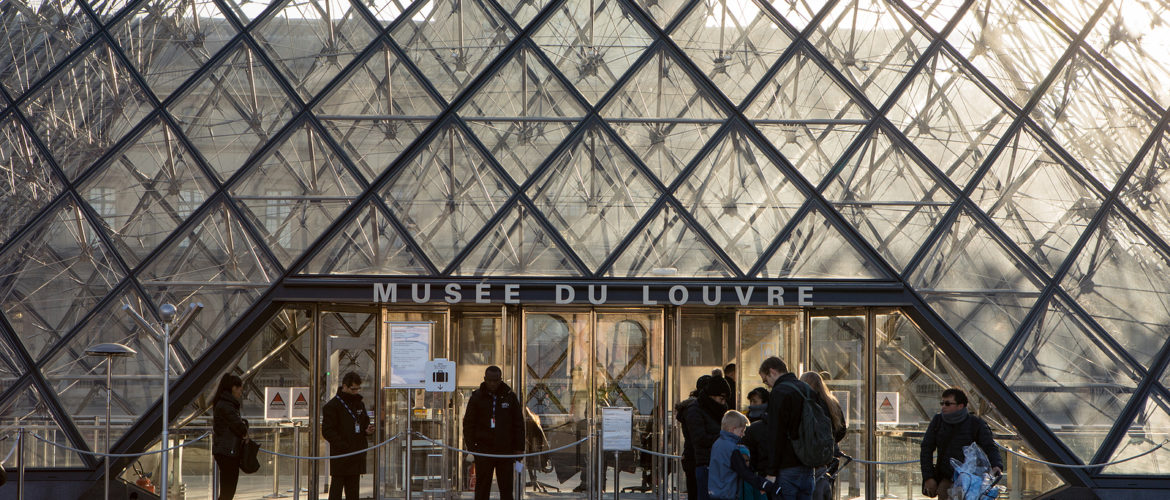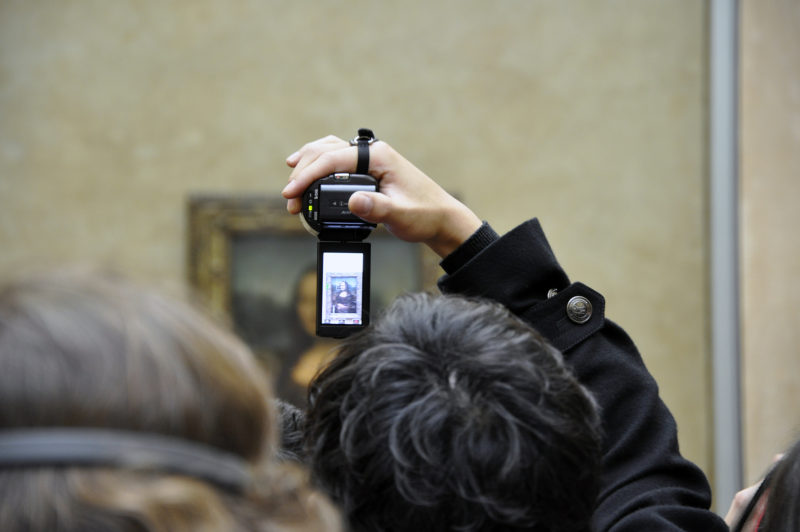How Social Media Changed Museum-Going: The Case of the Mona Lisa

The Louvre Museum is pondering the possibility of moving Leonardo da Vinci’s Mona Lisa to a closed-off chamber where visitors will not be able to access it. According to the Museum’s director Laurence des Cars, many people coming in to see the piece by the legendary master in person express their dissatisfaction with their experience. Des Cars said that putting away the work of art for good will finally put an end to the discourse. But how did one of the biggest art world sensations become a source of major disappointment? And who is at fault: the Louvre, the visitors who come in with unrealistic expectations, or something else entirely?
How Social Media Changed Museum-Going: The Case of the Mona Lisa
Among some of the most common complaints expressed by visitors to the Louvre is that its main attraction (at least, to the vast majority of visitors) is almost impossible to see clearly behind the sea of hands holding up phones and cameras. The new queuing system, adopted in 2019, is less efficient than it was intended to be. While viewing times got shorter, the lines stayed the same. In the end, visitors felt like they were barely given time to even take a picture of the painting after spending hours in line.
Another issue the audience seemed to have with their viewing experience at the Louvre Museum has to do with the Gioconda directly. Many said that the work of art turned out to be underwhelming, from its smaller-than-expected size (at just 30 inches by 21 inches) to the way it was displayed. Indeed, the da Vinci portrait is located at the very end of the gallery room and shielded by a thick layer of non-reflective, bullet-proof glass.
So, who is to blame: the museum officials or the visitors? Some say there is a third culprit — social media.
Social media platforms are known for being used as tools to sensationalize and blow things out of proportion. With the Mona Lisa being the world’s most famous work of art long before the idea of the Internet was even conceived, it is unsurprising that many people got their expectations up. The Louvre was the first to start advertising itself as the home to the most recognizable art piece in the world, and regular people upheld this narrative. Though not necessarily on purpose, they created a certain image and an expectation, which turned out to be too much for the Parisian institution to bear.

